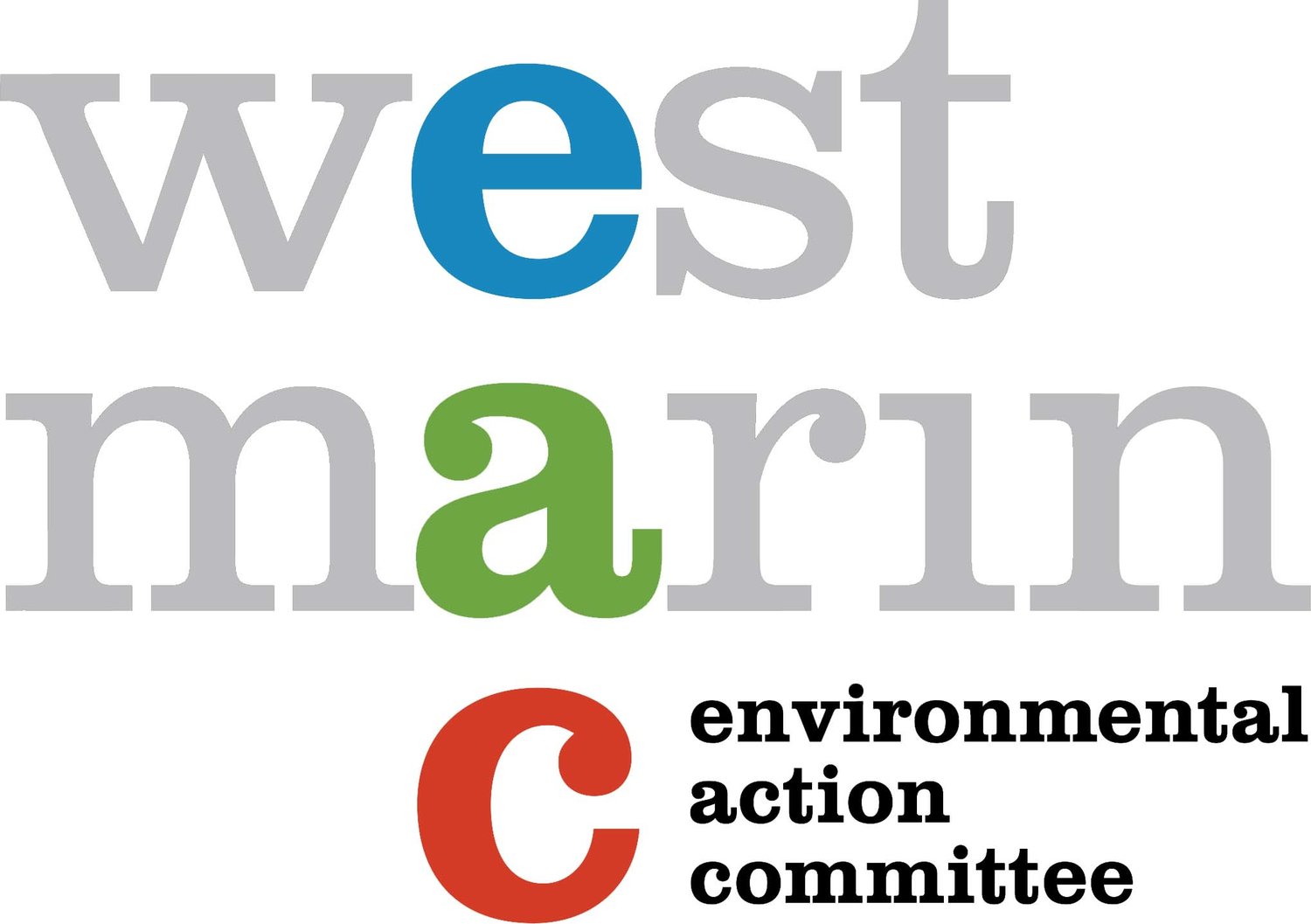The Marin Municipal Water District (Marin Water) plans to install a 280-foot-long, 4.4-foot-high inflatable rubber gate on the spillway at Nicasio Reservoir to increase its temporary water storage for Marin Water customers by approximately 3,700 acre feet. The Nicasio Spillway Modification Project will impact endangered coho salmon in Lagunitas Creek, poses a threat to communities and wildlife downstream, and will exacerbate flooding and erosion in Nicasio. Email written comments to Elysha Irish at eirish@marinwater.org by 5 pm on Monday, August 4th.
EAC Harnesses the Power of People to Clean Up Coastal Watersheds in Marin County
The Environmental Action Committee of West Marin (EAC) hosted their annual Fall Litter Bugs Me and Coastal Clean Up events the week of September 17th-21st in coastal Marin County, affectionately known as West Marin. The clean-up efforts spanned multiple locations, including Muir and Stinson Beaches, Bolinas, Dogtown, Olema, Inverness, Point Reyes Station, Marshall, Tomales, Nicasio, San Geronimo Valley, and Tocaloma.
Marin County’s Stream Conservation Area Ordinance is Nearly Adopted!
We are pleased to report that in May the County of Marin has agreed to a settlement in principle with the Salmon Protection and Watershed Network (SPAWN) and the Center for Biological Diversity regarding the County’s analysis of the environmental effects of the 2007 Marin Countywide Plan on endangered fish species in the San Geronimo Valley.
As a result of this settlement, the County is close to adopting a proposed stream conservation area (SCA) ordinance for the San Geronimo Valley. The proposed ordinance consists of amendments to the County’s zoning ordinance (or Development Code) that would establish an SCA buffer of 100 feet or more, create standards for development within the buffer, and provide permit review procedures and requirements.
The Water is Flowing and Salmon are Spawning
We hope that you have already heard the good news that salmon are spawning throughout West Marin! Maybe you have even been out to see the salmon spawning in a nearby creek or taken a creek walk tour with our friends at SPAWN?
In the midst of our continuing drought, we are relieved that we got enough rain to allow our beloved and threatened salmon to migrate up our creeks this winter. In fact, they have been seen in new tributaries, with above-average redd (coho egg nest) counts, and with some larger fish than normal! Marin County has the largest population of Central Coast endangered coho salmon from Monterey Bay to the Sonoma-Mendocino county line. While the news is very encouraging, the numbers are still below the federal species recovery target.
The Return of the Steam Conservation Ordinance
Earlier this year, the County of Marin released a Public Review Draft of the Stream Conservation Area (SCA) Ordinance for the San Geronimo Valley. The SCA Ordinance would establish a riparian development buffer of 100 feet or more, establish permit review procedures and requirements to protect the active channel, water quality and flood control functions, and associated fish and wildlife habitat values along streams.
Drought: Balancing Human & Wildlife Needs
Droughts don’t only impact humans, they have profound negative impacts on the natural environment. Looking at our dry creeks and stressed trees is a glimpse of the struggles to come. Finding a pathway to ensure the health and well-being of our entire ecosystem begs the question – are we individually and collectively doing enough to plan and conserve water?
Drought and Decisions to Remove Water from the Environment
We are in a historic drought and getting a preview of what a future with limited water may look like. Our water infrastructure is stressed, communities are on the verge of rationing water, and the need to find new sources of water are being explored through discussions and actions related to desalination, building water pipelines, and the implementation of new well drilling.
Often, the focus of the drought is framed on the negative impacts to people, which leaves out the impacts on our natural environment. The drought is not only impacting the human environment, it is having profound negative impacts on the natural environment and species. One only has to take a look at our watershed with dry creeks and stressed trees and vegetation to begin to get a glimpse of the implications. The natural environment needs water not only to support habitat and species, but also to recharge our community water sources.
Saving Water for Species
Water is the lifeblood of the ecosystem. Diverting water for primarily human use has profound impacts on the entire ecosystem, stressing vegetation and species, with dire consequences for endangered species, like salmon, who are fighting for survival even under “normal” conditions.
We are in a historic drought. If we have another dry year, we are going to face very serious problems.
We all need to step up our water conservation at home, work, and school!
Marin Water is considering plans to reduce the amount of water made available to aquatic species in Lagunitas Creek. Lagunitas Creek supports the southernmost remaining population of Coho salmon in California. The currently required water releases are essential to maintaining a stable population and the genetic diversity of these irreplaceable wild salmon.


